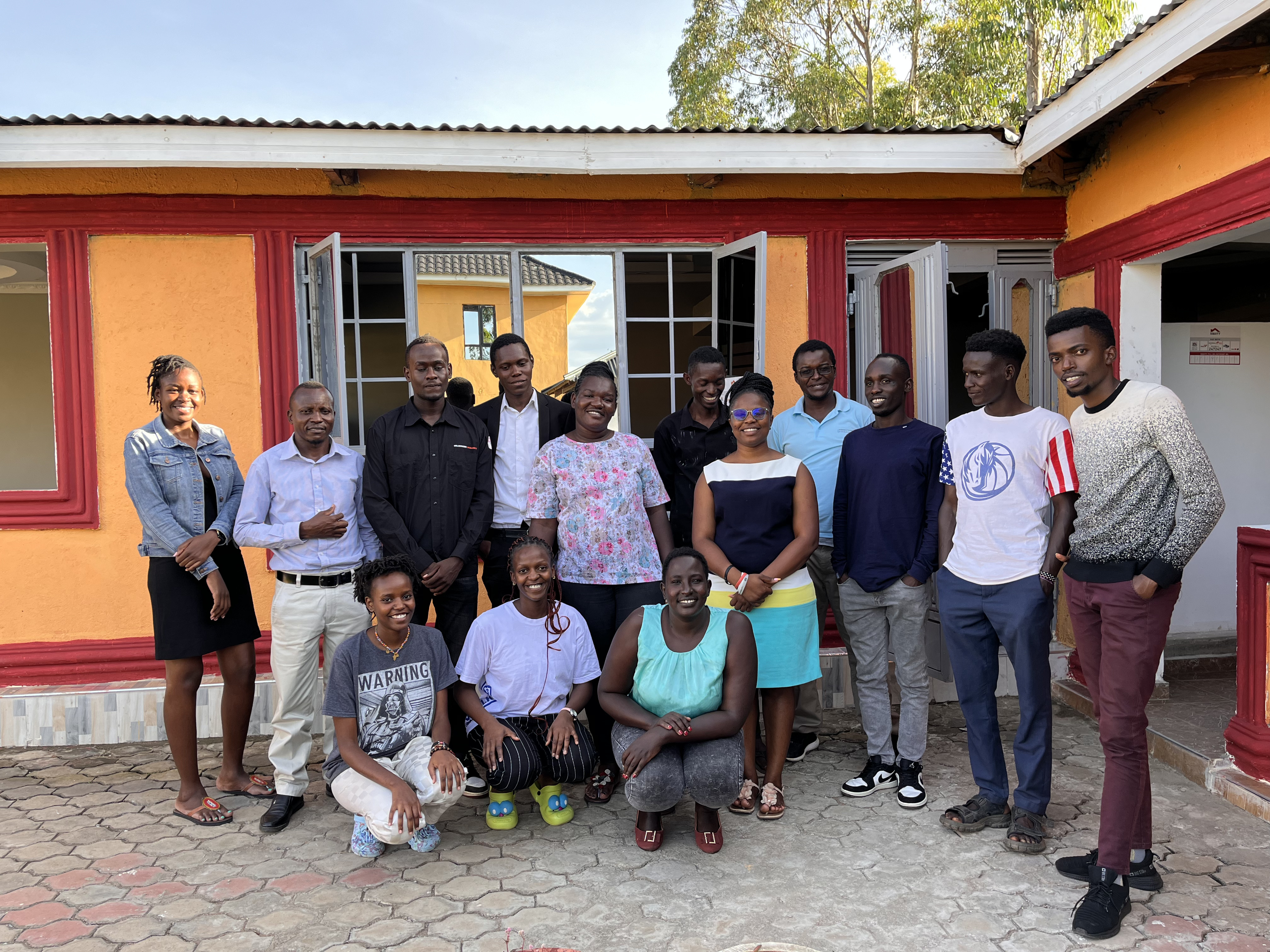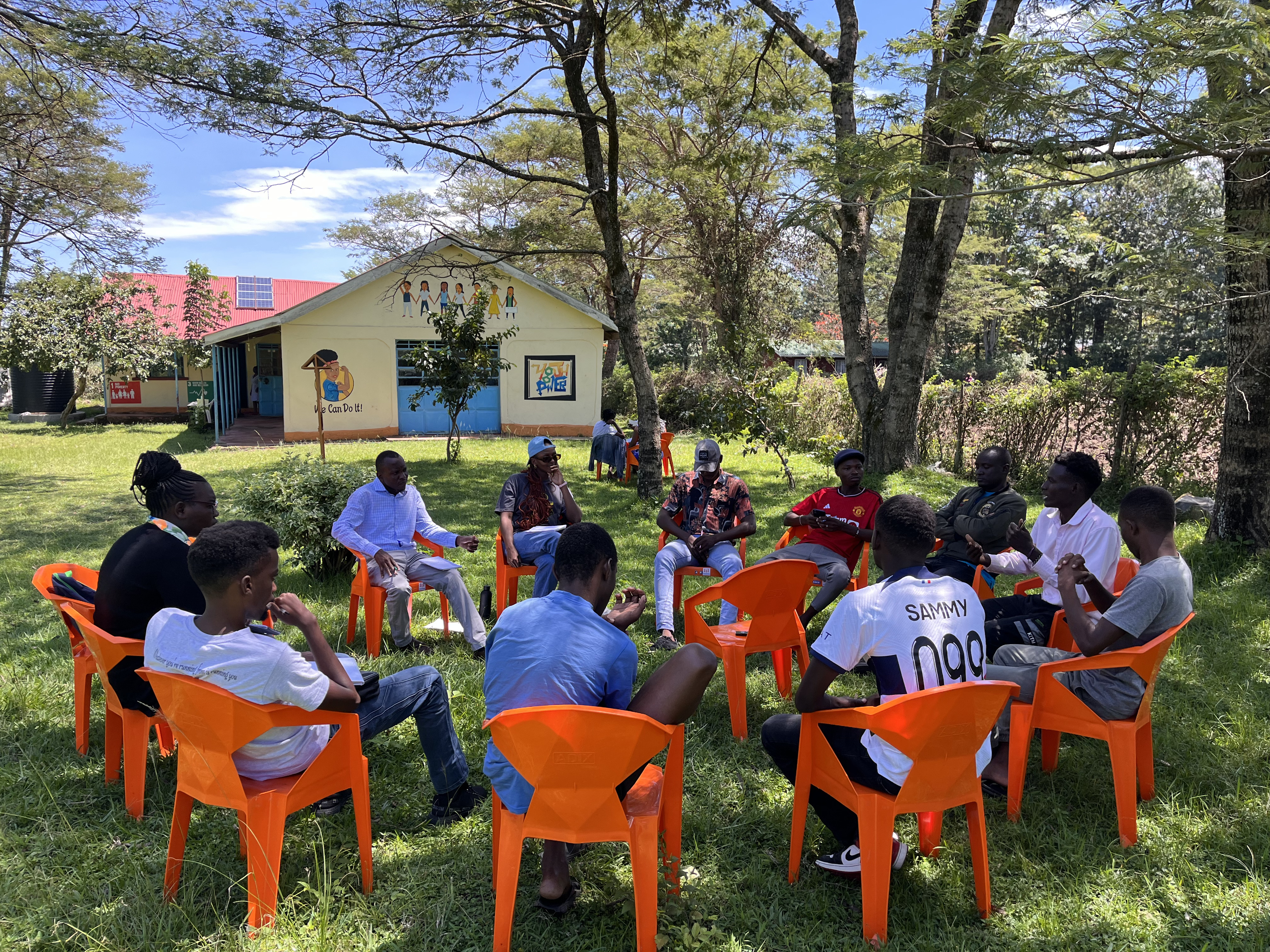
Power To Youth
PTY
It all began with a question that had lingered in the background of many discussions but rarely made it to the forefront: How might we involve men and boys as catalysts for change in a community deeply rooted in cultural practices that often harm women and girls?
Among the Kuria people of Migori County, female genital mutilation (FGM) is not just a tradition; it is a rite of passage, celebrated with songs and feasts. With a staggering 84% prevalence rate, FGM marks the transition to womanhood, often leading to early marriage by the age of 17. The patriarchal structures in this community perpetuate practices that subordinate women and girls, limiting their agency and opportunities. Yet, amidst these challenges lay an opportunity: Could men and boys, the traditional gatekeepers of culture, be reimagined as champions of change.
The Challenge: Transforming Patriarchy into Partnership
The men of Kuria hold significant influence as fathers, elders, and decision-makers in shaping cultural norms. Historically, this influence has upheld practices like FGM and early marriage. But we wondered: Could these same men and boys be empowered to challenge these traditions and advocate for gender equality? Could we shift the narrative from being about "women's issues" to a collective community effort?

Our challenge became clear
How might we effectively involve adolescent boys, young men, and elders as allies in reducing and preventing harmful social norms that fuel sexual and gender-based violence (SGBV) against women and girls among the Kuria community?
This wasn’t just a question; it was an invitation to reimagine cultural transformation.
The Journey: Insights and Innovations
Sensitization Phase: Preparing the Ground
We began with ourselves. Weekly training sessions equipped our team with human-centered design principles, fostering innovative thinking. Migori County became our focus, and through early engagements with community stakeholders—from religious leaders to young women—we unearthed crucial insights.
We learned that many men and boys were unaware of the long-term consequences of FGM and GBV. There was a need for dialogue that could challenge entrenched beliefs while fostering trust and understanding.
Discover Phase: Listening to the Community
Our field research spanned three weeks, involving 40 respondents across various age groups and roles in the community. Through interviews, focus groups, and journey mapping, we didn’t just gather data; we heard stories. Stories of women fighting for their daughters’ futures, boys questioning traditions, and elders grappling with change.
One young man’s words stuck with us:
“I never thought FGM was harmful; it was just what we did. Now I see how it affects my sisters and their futures.”
These narratives became the backbone of our design process.
Design Sprint: Turning Insights into Action
Armed with empathy and data, we gathered for an intensive design sprint. The room buzzed with energy as ideas flowed—some scribbled on paper, others passionately debated. By the end, we had clear prototypes: community dialogues led by men, school mentorship programs for boys, and media campaigns promoting positive masculinity.
Pilot Proposal: Bringing the Vision to Life
Our final proposal wasn’t just about programs; it was about people. We developed personas that captured the diverse perspectives of the community—from a hesitant elder fearing the loss of tradition to a teenage boy eager to be part of something bigger. With these prototypes, we secured additional funding to bring our ideas to life.
Outcomes
- Shifting Perspectives: While we are still in the early stages, there are promising signs of increased awareness and gradual shifts in attitudes towards harmful cultural practices. We remain optimistic that, with sustained effort, this progress will lead to meaningful behavioral change.
- Youth Empowerment: Though not yet fully realized, there is encouraging progress in empowering young people, particularly young women, as they begin to take active roles in addressing these challenges. We are confident that continued investment in their leadership will yield impactful results in the future.
- Sustainable Solutions: Implementation of pilot innovations that contribute to sustainable, long-term community-driven change.
- Community Engagement: Enhanced collaboration between stakeholders, community members, and the implementing team to co-create effective interventions.
- Increased Funding: Recognition as one of the winning teams, securing additional funding to further refine and implement pilot innovations.